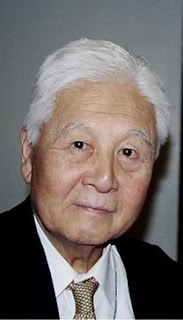Asbestos has been known to be a fatal carcinogen for decades. It is a cause of latent disease that may take decades to manifest after the initial exposure. Minimal exposure to asbestos may be fatal. Asbestos has been linked to asbestosis, and malignancies such as mesothelioma and lung cancer. There is no universal ban on the use of asbestos fiber in the US. Asbestos victims have been held hostage by Congress to give up more rights for compensation as the debate for imposition of a national ban on asbestos continues.
Decades of litigation, originating in US workers' compensation claims, and liability claims, has revealed that employers and manufacturers concealed important information from employees who were exposed to deadly asbestos fiber. That malfeasance has resulted in benefits and awards to injured workers and their families through the US civil justice system and bankruptcy claim process.
Asbestos litigation has evolved in waves or surges of claims over the decades. It is very long term litigation. Sometimes amounting to decades of processing after manifestation of the disease process. Recently there has been an upswing in the number of bystanders and household contacts who suffer disease. This is caused by yet another generation of workers, their family members and bystanders who have been exposed to asbestos fiber. Some has been the result of mere home demolition and rehabilitation. Ironically, many of the victims, first responders and innocent bystanders of The September 11th Attack were exposed by the pulverization of asbestos containing building materials on the attack on the World Trade Center.
It is an unfortunate turn of events when the Republican dominated Congress points the finger at the innocent asbestos victims. The nation would be better served if the focus were on the real culprits, those who manufactured the epidemic of asbestos disease, and an effort made to increase research for a cure to asbestos related illness. It is hopefully time for Congress to help the victims get access to benefits, invest in medical research, and to impose a universal ban of asbestos in the nation.
For over 3 decades the Law Offices of Jon L. Gelman 1.973.696.7900 jon@gelmans.com have been representing injured workers and their families who have suffered occupational accidents and illnesses.





